For all fire safety measures it is important to evaluate the room. After all, the occurrence and speed of the spread of fire directly depends on the combustibility of the materials that are in the buildings, as well as on the technological nuances of production at the facilities.
Main classification
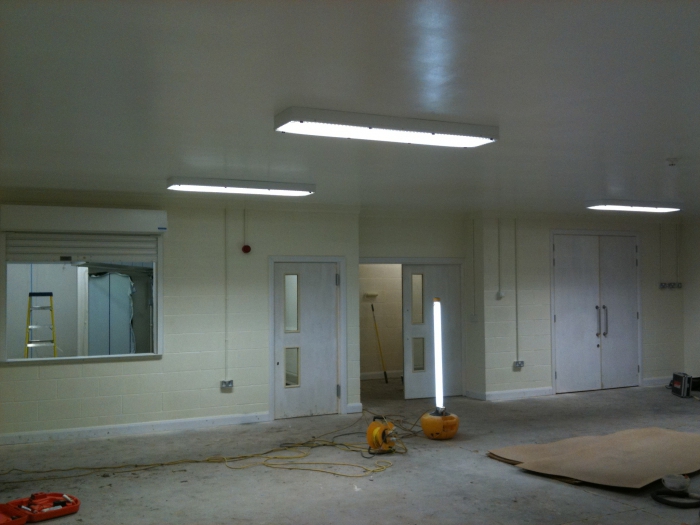 Depending on the materials, liquids or gases in the buildings, there are 5 degrees of danger. At the same time, categories of premises are also separately evaluated. When dividing them according to the degree of danger, the presence of combustible substances in them, their amount, are taken into account. Also important are the characteristics of technological processes that take place in these rooms.
Depending on the materials, liquids or gases in the buildings, there are 5 degrees of danger. At the same time, categories of premises are also separately evaluated. When dividing them according to the degree of danger, the presence of combustible substances in them, their amount, are taken into account. Also important are the characteristics of technological processes that take place in these rooms.
Fire-hazardous properties of materials are determined as a result of research and according to calculations according to the established rules, depending on the surrounding parameters.
There are such categories of premises and buildings: A, B, C, D and D. They are assigned according to the established methodology. When calculating hazard criteria, they always proceed from the most unfavorable situation.
Category A
The greatest attention is paid to structures and premises, which are assigned a class of increased explosion and fire hazard. It depends on the substances and materials inside.
So, category A is assigned to those rooms in which flammable liquids and combustible gases are located. Moreover, their flash point is not more than 28 aboutC. To assign this category of premises to fire hazard it is necessary that these substances are stored there in an amount that will be sufficient for the formation of explosive vapor-air mixtures. When ignited, an overpressure exceeding 5 kPa should develop.
Also, this category is assigned if there are materials or other substances in the room that can burn or explode even when interacting with oxygen from air, water or between each other. In this case, the generated overpressure must exceed 5 kPa.
Class A Room Examples
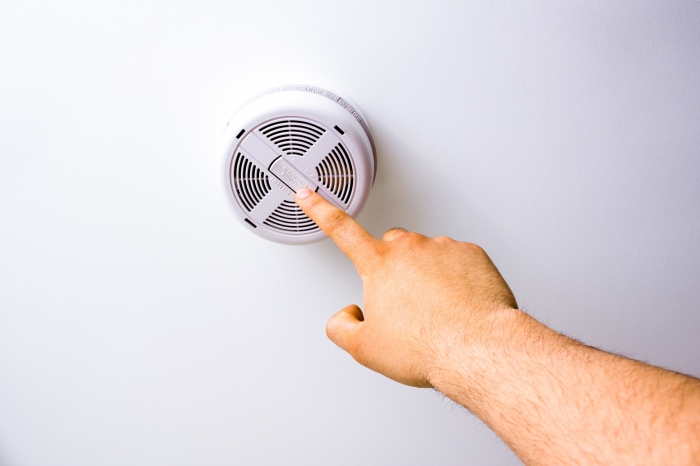 The easiest way is to figure out how exactly the hazard category of the room is determined, if you consider which structures are assigned to class A. So, this group includes:
The easiest way is to figure out how exactly the hazard category of the room is determined, if you consider which structures are assigned to class A. So, this group includes:
- warehouses where fuels and lubricants, gasoline and containers intended for their maintenance are stored;
- stations intended for the production, storage, processing, pumping and bottling of flammable liquids (LVH);
- points for processing and washing containers from under the flammable liquids;
- acetylene and hydrogen stations;
- stationary alkaline and acid battery systems;
- pantries and paint shops, which use solvents, varnishes, nitro-paints and other flammable liquids, the flash point of which is less than 28 aboutWITH.
Professionals should know which substances fall into this category. So, they include acetylene, hydrogen, natural gas, pairs of nitro solvents and gasoline.
Class B hazard
But these are not all categories of premises that are considered fire hazardous. True, it must be understood that Class A structures are those buildings that belong to the high explosive group. The next group is less scary.
Category B premises include those that store flammable liquids with a flash point above 28 aboutC, flammable liquids, fibers and dust. In this case, the condition must be met that their quantity is sufficient so that, when ignited, the design pressure exceeds 5 kPa.
Examples of premises of category B
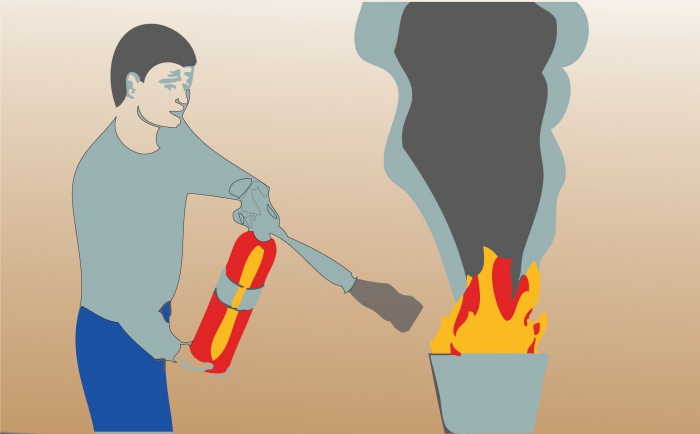 There is a fairly large list of buildings and structures that can safely be classified as class B.The specified fire category of the room can be assigned:
There is a fairly large list of buildings and structures that can safely be classified as class B.The specified fire category of the room can be assigned:
- workshops where preparation and transportation of coal dust, powdered sugar, wood flour is carried out;
- hay flour production, grinding and knockout sections of mills, grinders;
- workshops that specialize in painting and use paints, varnishes with a flash point of more than 28 aboutC, and places of their storage;
- warehouses of diesel fuel, pumping, drain racks for its transfer;
- ammonia refrigeration units;
- fuel oil farms of boiler houses and power plants;
- industries engaged in the manufacture of fiberglass products and plastics.
Also, category B can be assigned to those rooms where parts are washed and wiped using kerosene or gasoline. It also includes washing stations where they clean tanks from diesel fuel, fuel oil and other substances whose flash point is more than 28 aboutWITH.
Class B buildings
The following categories of fire hazard premises are no longer so scary. So, for buildings, warehouses and other structures that belong to class B, other requirements are put forward. These include those in which combustible or slow-burning materials, substances, liquids are located. They are able to burn only when interacting with air, water, among themselves, but they do not belong to category A or B.
For each room, a subgroup can also be allocated within B1-B4. It is determined depending on the location of the fire hazard load and its concentration.
Class B room examples
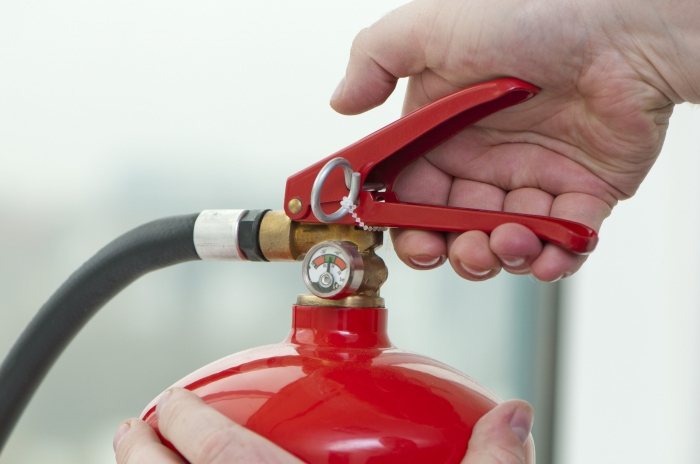 The following buildings can be classified as buildings, structures of category B:
The following buildings can be classified as buildings, structures of category B:
- joiner's, sawmills, woodworking or combined workshops;
- peat warehouses, coal flyovers, closed storage areas for coal, fuel and lubricants, with the exception of gasoline;
- grain cleaning sections of mills, fodder kitchens;
- workshops where primary dry processing of cotton and flax is carried out;
- textile, clothing factories, paper industry;
- warehouses of oil paints and varnishes, diesel fuel;
- oil and lubrication facilities of plants;
- car garages;
- libraries, archives, dressing rooms;
- bitumen and asphalt plants;
- transformer substations.
It is important to understand that the same structure can be assigned to different hazard classes. This is due to the fact that the determination of the category of premises is based on the maximum possible concentration of hazardous substances. The calculation is done for each specific condition individually.
Category D
The safest are those rooms that are assigned to the last two groups. Category G buildings may contain non-combustible materials and substances in a hot, molten, or simply hot state, as well as solids, liquids, or combustible gases. The process of their processing can be accompanied by the release of heat, flame or sparks, they are used as fuel.
Category D is assigned to those buildings in which non-combustible substances are located in the cold state.
Examples of structures of class G and D
 The safest are rooms of category G and D. The first group of specialists includes the following:
The safest are rooms of category G and D. The first group of specialists includes the following:
- stamping and hot rolling shops;
- firing workshops located in brick, lime, cement factories;
- forges, boiler rooms, engine rooms of diesel power plants;
- welding, smelting, foundry, forge shops;
- departments specializing in the repair of internal combustion engines.
The following can be safely attributed to the category of premises D:
- departments of cold rolling of metals;
- irrigation pump, blower, compressor stations;
- workshops for processing meat, fish, dairy and meat products;
- greenhouses, except gas heated.
Definition of categories of buildings A and B
Before assigning a specific hazard class, specialists inspect all rooms.Based on the summarized volume of the areas and the categories assigned to them, it is determined which group the entire building belongs to. The calculation is based on certain standards.
So, for example, class A will be assigned if category A premises occupy more than 5% of the total area or 200 m2. If their total number does not exceed 25% (but not more than 1000 m2) and they are equipped with automatic fire fighting systems, the building will not be assigned to group A.
If the security categories of the premises were established and it is determined that more than 5% of the total area or 200 m belongs to class A and B in the building2, then group B may be assigned to him. True, this is possible if it cannot be assigned to category A. A different situation is when the premises are equipped with automatic fire extinguishing installations. Class B will not be assigned if the summarized areas belonging to categories A and B do not exceed 25% or 1000 m2.
Buildings related to hazard classes B, D, D
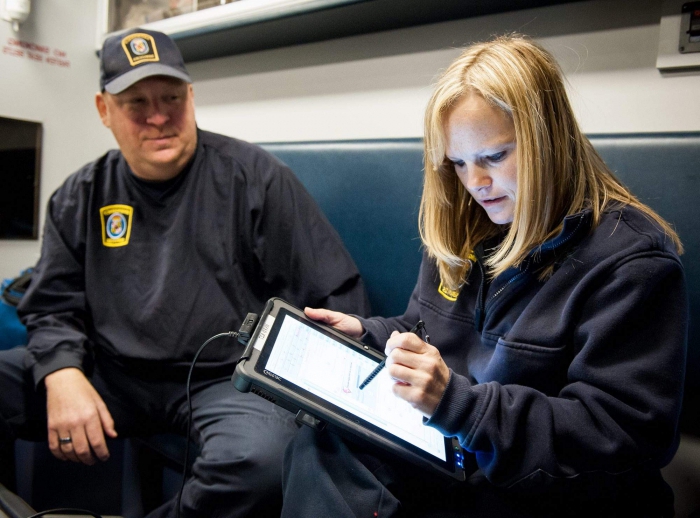 It is not enough to know how the category of premises is determined. In most cases, it is important to assign a fire hazard class to the entire building. So, if the total area of the premises that belong to categories A, B, B1, B2, B3 is more than 5% (or more than 10%, if there are no areas belonging to groups A and B), then the structure will be classified as class B. But this is possible only provided that it does not belong to category A or B. True, the building will not be assigned to group B if the number of indicated areas is not more than 25% or 3500 m2 and it is equipped with automatic fire extinguishing installations.
It is not enough to know how the category of premises is determined. In most cases, it is important to assign a fire hazard class to the entire building. So, if the total area of the premises that belong to categories A, B, B1, B2, B3 is more than 5% (or more than 10%, if there are no areas belonging to groups A and B), then the structure will be classified as class B. But this is possible only provided that it does not belong to category A or B. True, the building will not be assigned to group B if the number of indicated areas is not more than 25% or 3500 m2 and it is equipped with automatic fire extinguishing installations.
If it was determined that in the building the categories of premises for explosion and fire hazard are divided between groups A, B, B1-B3, G, and their total amount exceeds 5% of the total area, then it can be classified as class G. If the building is equipped with automatic fire extinguishing devices fires, then it will not be assigned to group D, provided that the total area of premises A, B, B1-B3, D is not more than 25% or 5000 m2.
Category D is assigned to all buildings that cannot be assigned to any of the above groups.
Determination method
In order to find out how dangerous a building is, it is important to understand what categories of premises in terms of explosion and fire hazard prevail in it. To begin with, the necessary calculation option is selected and justified. It is determined by a specific technique. The calculation is based on the fact that in case of occurrence emergency the most dangerous option will develop.
It is important to determine what amount of substances forming explosive mixtures can enter the room. Specialists carry out the calculation for situations when:
- one of the devices is in an accident;
- all contents of the device go to the room;
- there is a leak from the pipelines that feed the device for the period that is necessary to turn them off;
- liquid begins to evaporate from the surfaces onto which it has spilled, which have been freshly painted, and from containers.
In order to correctly determine the fire category of a room, it is necessary to consider not only the possible amount of combustible air mixtures, but also the free volume of the room. It is defined as the difference between its total capacity and the place that all technological equipment located there occupies. If it is impossible to calculate, then it is considered that it is 80% of the total.
After choosing the necessary design option, directly determine the possible excess pressure. For flammable substances, gases, flammable liquids, special formulas are used. Categories of premises are determined on the basis of which particular atoms of combustible substances will be in the room. At the same time, the maximum possible indicator is taken as the calculated temperature. Also take into account the mass of flammable gases, liquids, their coefficient in combustion, initial and maximum pressure. The formula also includes the volume of the room.
Classification of residential buildings
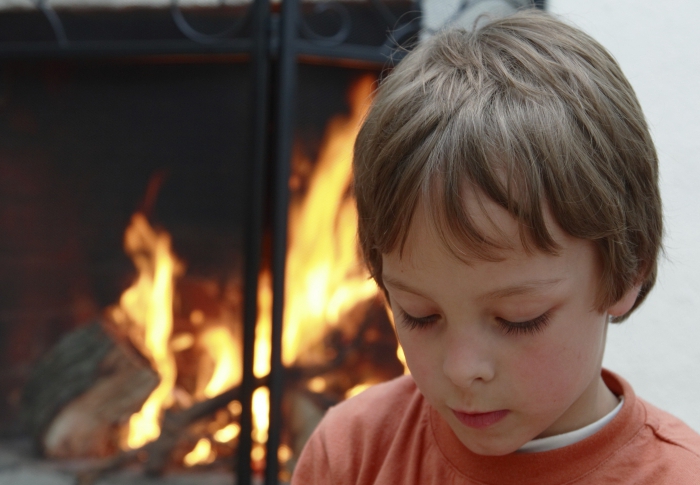
As a rule, the calculation of categories of premises for fire safety is performed for warehouses, workshops, industries and other industrial facilities. For residential facilities, it is not used. This is due to the fact that they usually do not store explosive substances flammable liquids and materials.
But it will not be superfluous to find out that the category of premises for electrical safety can be determined. This also affects the likelihood of fires. For example, in rooms with high humidity there may be problems when using unprotected electrical appliances and their control devices. So, hazardous areas include kitchens, verandas, vestibules, attics, attics of heated houses, sheds, sheds, cellars, hotbeds, greenhouses.








